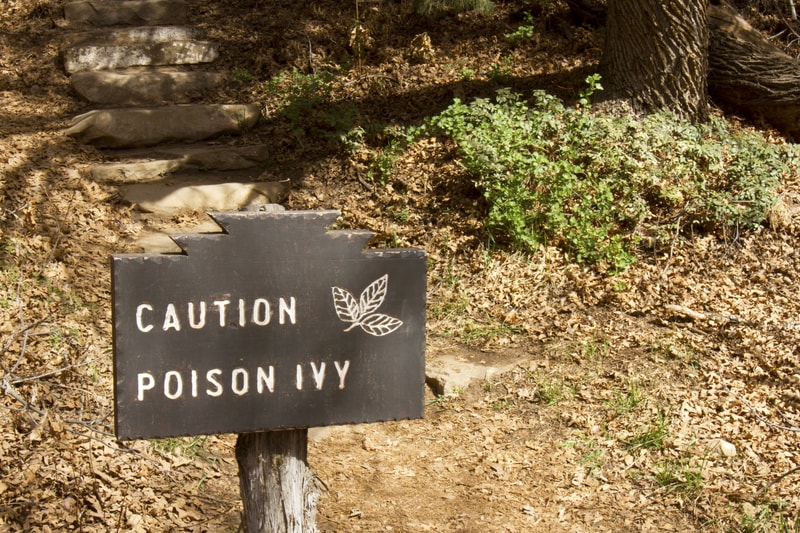If you've ever had an encounter with poison ivy before, you know that it can be some seriously painful business. Sure, you don't need to go to the hospital and you'll be fine in the end. But in mean time? Boy, does it ever hurt. And sometimes for weeks at a time.
Now scientists believe that they have discovered why this unfortunate reaction happens in the first place. It's because of the CD1a molecules in our skin. Why didn't we think of that, right? But in all seriousness, this protein molecule's connection to the poison ivy reaction has escaped researchers for years.
What's the rush?
Urushiol (say oo-ROOSH-yull) is an allergen found in poison ivy, as well as poison oak and poison sumac. Scientists did already know that this allergen was what we were reacting to when we started to develop a rash. But why? After all, to be allergic to something, there needs to be something on the human skin that reacts to the urushiol. There are plenty of animals that don't react to poison ivy at all. Figuring out why a mouse doesn't get a rash when a human does isn't that easy.
It took Florian Winau, a researcher from Harvard University, taking a closer look at urushiol's chemical structure for the pieces to fall into place. He noticed that urushiol's molecule might be a good match with CD1a, which could trigger a reaction. Basically, they were two puzzle pieces that looked like they could fit.
The perfect fit
Turns out that Winau was right. When urushiol—found in the greasy, sticky sap of poison ivy— met with CD1a, proteins were produced that cause redness and swelling (inflammation) and extreme itchiness. So what does this discovery mean exactly? (Other than, so that's why it happens!) Since scientists now understand what is happening on a molecular level, it makes it easier to create an anti-inflammatory drug. Essentially, it's now far more possible to make a cream of some kind that could be used to stop the reaction in its tracks. Sounds a lot better than three weeks of itchy pain.
For now though, be careful on those late summer/autumn hikes. The cure may be closer than ever, but until then, it's still "leaves of three, leave them be"!
 This new discovery won't make signs like this a thing of the past… but they could make the consequences a lot less painful. (© Karen Foley | Dreamstime.com)
This new discovery won't make signs like this a thing of the past… but they could make the consequences a lot less painful. (© Karen Foley | Dreamstime.com)










So CD1a is on some people and not others? ❓ 😕 It seems that not all people get the pesky rash.
good point